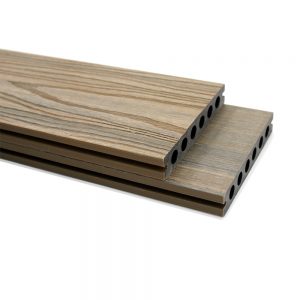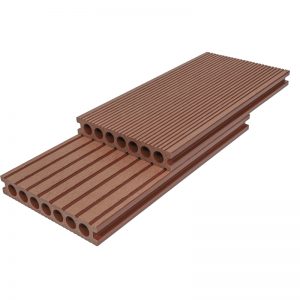Solid wood flooring, also called log flooring, is a floor that is directly processed from solid wood. It has the texture of natural wood growth, is a bad conductor of heat, can play the role of warm in winter and cool in summer, and the solid wood floor feels comfortable and safe to use. It is an ideal material for bedroom, living room, study and other ground decoration. The decorative style of solid wood is back to basics, and the texture is natural. Today, when the forest coverage is declining and environmental protection is vigorously promoted, solid wood flooring is even more precious.
1. What are the materials of solid wood flooring?
1. High-grade solid wood flooring: red sandalwood/heavy ant wood, teak, red pine, maple birch, golden silk wood, beech, rosewood, silver oak, balsamic pigeon, etc.
2. Mid-range solid wood flooring: Fraxinus mandshurica, oak wood, basswood, round bean, grid wood, big-leaf red sandalwood, niudun bean, heavy yellow bile wood, ash wood, fiber skin jade, iron wood, etc.
3. Ordinary solid wood flooring: There are pine, fir, panlongan, dipterocarp, maple, birch, ashwood, elm and so on.
Second, what are the grades of solid wood flooring?
Solid wood flooring grade standards From May 1, 2002, the national solid wood flooring standard GB/T15306-2001 has been implemented to divide the solid wood flooring grades into A material, B material and C material. Wood A is mostly located in the main part of the tree with clear wood texture and good physical properties, while Wood B and C are mostly located at the end or branch of the tree, or the main part with a few defects. Therefore, the service life of A material is much higher than that of B and C materials.
3. Introduction to the size of solid wood flooring How to choose the size of solid wood flooring?
Introduction to the size of solid wood flooring How to choose the specifications of solid wood flooring? There are many sizes of solid wood flooring. There is a difference between “standard board” and “non-standard board” in the industry. Pay special attention when choosing. Regarding the size of solid wood flooring, the industry has widely recognized: thickness 18.2mm, width 91(92)-0.2mm, length 910+0.2mm or 760+0.2mm. The size that fits the above is the “standard board”, otherwise it is called the “non-standard board”, there is a large price difference between the two.
The selection principle of solid wood flooring specifications is: narrow but not wide, short but not long
Fourth, solid wood flooring price list The latest solid wood flooring price list
Solid wood flooring price list The latest solid wood flooring price list Solid wood flooring is a relatively expensive kind of many floors, and the price of some high-end wood species is beyond the reach of ordinary people. However, solid wood flooring is also divided into high, middle and low grades, and the prices are also uneven, which can meet the purchase needs of different groups of people. Generally speaking, the cost of imported tree species is higher, and the floor price is correspondingly expensive, but the price of tree species imported from Southeast Asia such as Myanmar is relatively low, which is close to the price of domestic tree species. Different regions, countries, and different ethnic groups have different titles of wood, so attention should be paid to distinguish them.
Five, solid wood flooring purchase tips How to choose a satisfactory solid wood flooring?
Some people like to buy large and thick floors, but in fact they choose solid wood floors, not too long or too wide. In addition, special attention should be paid to the processing size, purchase quantity, etc. Varies from person to person: Choose according to economic conditions, area, floor height and length of residence.
1. The processing size should be accurate: the processing error of the wooden floor should be less than plus or minus 0.5mm.
2. The surface of the board should be flat and smooth, and there should be no obvious knife marks on the front: the tenon and groove shape inlay should be properly tightened and smooth.
3. Wood defects should be limited: the genuine straight lines are obvious and parallel, and there are no defects such as knot marks, worm eyes, decay, and blunt edges.
4. The strength of wood should be adapted to local conditions: choose the strength of the floor, depending on the location of use.
5. The wood must be dried: the moisture content of the wood floor is generally required to be controlled below 15%. Not too long and too wide: Floors that are too wide and too long will have a large amount of dry shrinkage and swelling, which is prone to warping and cracking.
6. The purchase quantity should have a slight surplus: Generally, a room of 20 square meters needs to be increased by 1 square meter for consumption.
Solid wood flooring has always occupied a place in the flooring market for its natural simplicity, comfortable use, and even collection value. Many people use solid wood flooring as the best choice for home decoration flooring, and they are proud of their homes laying solid wood flooring. For many “outsiders” consumers, the water in the flooring industry also appears to be very deep. Therefore, before purchasing solid wood flooring, a certain understanding of solid wood flooring will avoid many misunderstandings when purchasing.















